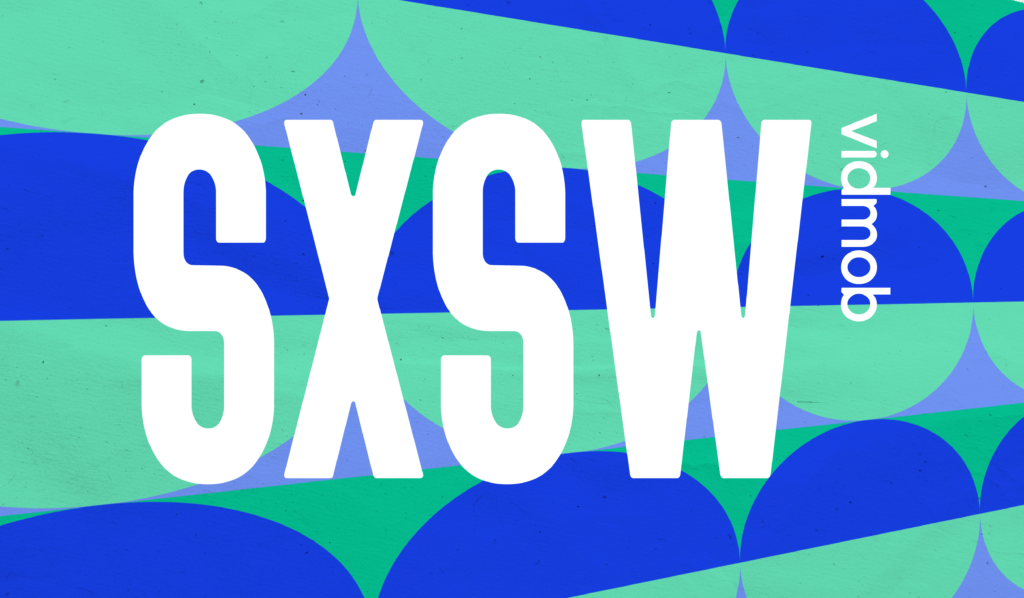Level Up Your Creative Performance on Google App Campaigns

At a glance, the state of mobile apps grew exponentially around the world in 2020. According to App Annie’s State of Mobile 2021 Report, users spent on average 4.2 hours a day on their mobile devices, a 20% YoY growth. The exponential growth in usage of mobile devices also led to 218B new app downloads and $243B spent globally on the app store.
With mobile app usage and spend surging, how can brands ensure they’re generating quality ad content that will stand out from competition and capture audience attention?

Creative is the central piece to solving challenges that marketers face, especially in the quickly evolving mobile app space. Creative is responsible for 70% of campaign performance* and now, we can measure its effectiveness. Using AI-powered technology, VidMob can identify the creative elements in ads, frame by frame, that influence how consumers respond to content. Real-time insights are put to action with optimized ads replacing under-performing content. In turn, brands can produce a variety of assets, test creative variations, and differentiate their creative content to boost KPIs in their app campaigns.
An internal Google audit found that when VidMob is leveraged, there is an average 14% lift in installs compared to when brands are running assets that aren’t produced by an app-approved partner.
In a recent webinar co-hosted with Google, we walked through 5 creative insights for brands targeting Google App consumers. We used Creative Analytics to analyze 630K campaigns, 5M video ads, and 3T+ impressions data from brands running ads on Google Apps to identify key visual elements and creative strategies. We then employed this data to identify five creative insights to help understand how to improve brands’ ROAS.
Optimizing for ROAS
Looking to improve return on ad spend, brands found success when:
Incorporating talent
Ads including talent resulted in a 70% lift in ROAS compared to the overall average.
Featuring positive emotions
When showing talent, positive emotions (i.e., happiness, smiling) were most effective, leading to an 83% lift in ROAS, followed by more negative emotions, such as fear and disgust.
Showcasing creative within the outline of a phone
When showing an in-app demo, ads that displayed the outline of electronics or a mobile phone led to a 48% lift in ROAS.
Incorporating voiceovers with on-screen messaging
Videos that included messaging on-screen in addition to a voiceover led to a 100% lift in ROAS.
Displaying logos within 2s of an ad
In line with social best practices, brands that included their logo in the first two seconds saw a 139% lift in ROAS over the average. However, only 32% of analyzed content had the brand’s logo in the first two seconds.
While the insights from this analysis form a foundation for brands to start optimizing ad content on Google Apps, brand-specific insights can uncover additional considerations catered toward a brand’s creative strategy. It’s important to go beyond general best practices to discover what works best for your unique brand.
If you’re interested in learning more about how VidMob’ Intelligent Creative can improve your brand’s creative performance, check out our website or reach out to us at google@vidmob.com. To watch the full presentation, visit Level Up: Elevate your Creative on Google App Campaigns.





